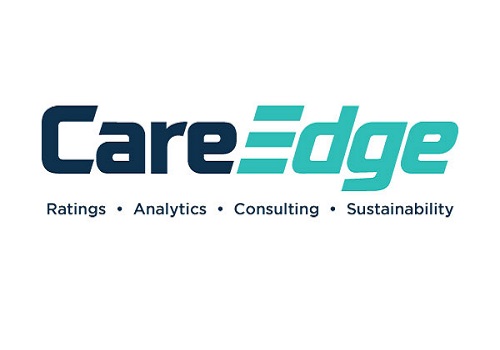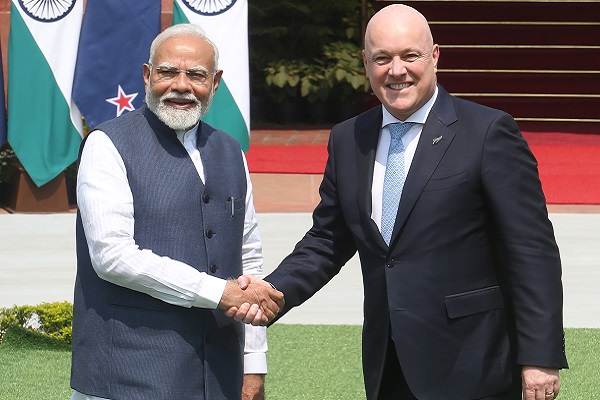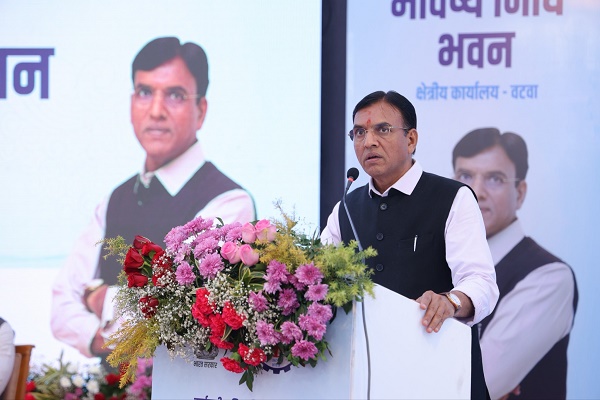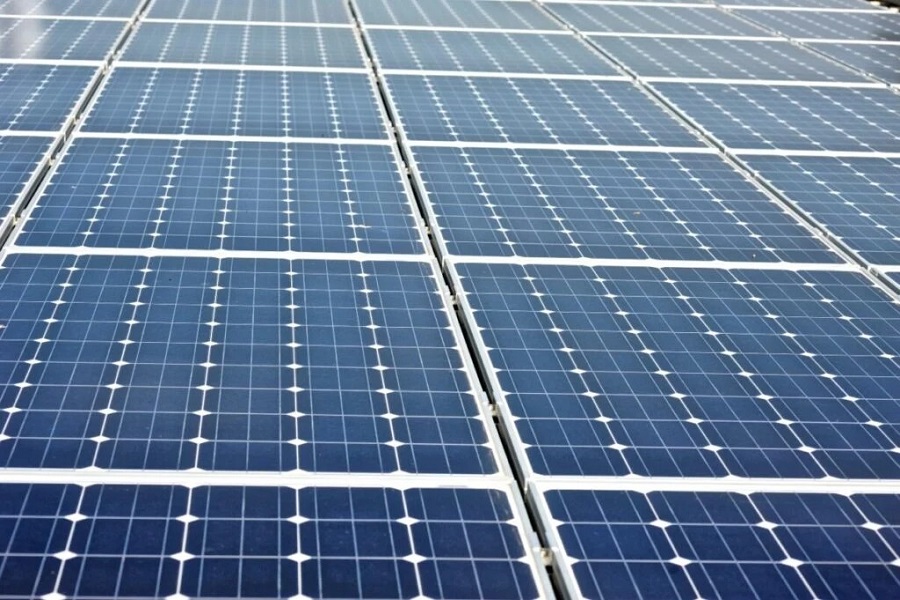India`s Alternatives AUM to grow to $247B by 2029 by CareEdge Ratings

Synopsis
* Over the past decade, Indian Alternatives industry AUM has more than doubled to USD 136.1 billion as on December 31, 2024. It is expected to achieve strong growth momentum to reach USD 247 billion the end of 2029, backed by growing domestic investor base, enabling regulatory framework, portfolio diversification and attractive risk-return proposition for investors.
* India is underpenetrated with Alternatives AUM accounting for 4% of GDP, as compared to mature global markets with Alternatives AUM at more than 10% of GDP, indicating a strong potential upside.
* With healthy economic growth and increasing financialization of assets, India’s HNI population is expected to more than double by 2027 as compared to 2022. The rising affluent population and accumulating domestic wealth would support growth in differentiated investment products such as AIFs. Domestic investors capital is gradually diversifying into Alternatives, accounting for 63% of total investor base in FY25.
* “India’s alternatives industry is poised for a transformative decade, with Alternates Assets under Management (AUM) expected to nearly double over next five years to USD 247 billion by 2029. The strong growth momentum reflects key structural drivers — India’s healthy economic growth, financialization of assets and rapidly growing HNI/UHNI population, enabling regulatory framework, portfolio diversification and increasing investment by domestic institutional investors such as family offices, insurers, and pension funds,” said Tanvi Shah, Senior Director at CareEdge Advisory & Research.
India’s Alternatives Investment: A Decade of Transformation and Opportunity
Over the past decade, India’s Alternatives industry has emerged as an attractive investment avenue registering strong growth and rising investor preference over traditional assets.
Chart 1: Strong growth trajectory of Alternatives amongst investment avenues in India

Low Alternatives Penetration in India indicating good growth potential
India is projected to be the third largest economy globally by the year 2028, making it an attractive opportunity for investors. Despite strong growth, India remains significantly underpenetrated in the Alternatives space. Alternatives AUM currently represents only about 4% of the country’s GDP, as compared to over 10% in mature global markets such as the United States, Europe, and parts of Asia. This gap highlights the immense potential for alternative assets to scale in India, especially as the wealth base and capital market depth continue to expand.
Chart 2: SEBI Registered Alternates AUM accounts for only ~4% of GDP (Current Prices)

Alternatives Industry: Gaining Ground in a High-Growth Indian economy
As the country moves toward becoming the third-largest global economy by 2028, investment opportunities across sectors have grown substantially, attracting interest from both domestic and global investors. Alternatives industry has more than doubled its AUM to USD 136.1 billion by December 2024 from a modest AUM of USD 58.4 billion in December 2014. This strong growth momentum is expected to continue, with Alternatives industry AUM expected to reach USD 247 billion by 2029. This marks a compounded annual growth rate (CAGR) of over 13%, supported by growing investor base, fundamental shift in investors’ preference and risk appetite, institutional investor maturity, and enabling regulatory framework. With increasing focus on infrastructure development, Alternatives Private Credit and Real Assets strategies growth momentum is expected to continue and reach around 46% of India’s overall Alternative Investments AUM by 2029 from 37% in 2024.
Chart 3: Split of asset classes in India's Alternatives industry

Domestic investors rising participation in Alternative Investment Funds (AIFs) in India
The share of domestic investors increased from 59.1% in FY24 to 63.3% in FY25, thereby indicating growing confidence of domestic capital in AIFs (absolute value y-o-y growth of 44%). Although share of foreign capital declined from 40.9% to 37.6%, value of foreign investor inflow has increased by 20% y-o-y, reflecting increased FII interest in India.
Chart 4: Increasing participation of domestic investors

India’s high-net-worth (HNI) and ultra-high-net-worth (UHNI) population has been expanding rapidly, fuelled by economic liberalisation, startup wealth creation, and intergenerational transfers. The HNI base, expected to more than double between 2022 and 2027, is increasingly seeking sophisticated investment options that go beyond traditional instruments like mutual funds or fixed deposits. Alternatives investments are fulfilling this need by offering diversified exposure, tailored strategies, and access to high-growth sectors.
Table 1: Number of millionaires in 2022 and 2027P

Exponential growth in Alternative Investment Funds (AIFs) in India
Over the past decade, Indian Alternatives industry has registered growth of more than 50 times in terms of funds raised on account of various factors - evolution of regulatory framework, increasing participation from family offices, insurance companies, sovereign funds, foreign funds inflow, growing wealth of HNIs and UHNIs, investors’ preference for diversification beyond traditional asset classes, sectoral diversification and innovative investment solutions.
Chart 4: Growth trajectory of AIFs in India

Above views are of the author and not of the website kindly read disclaimer























